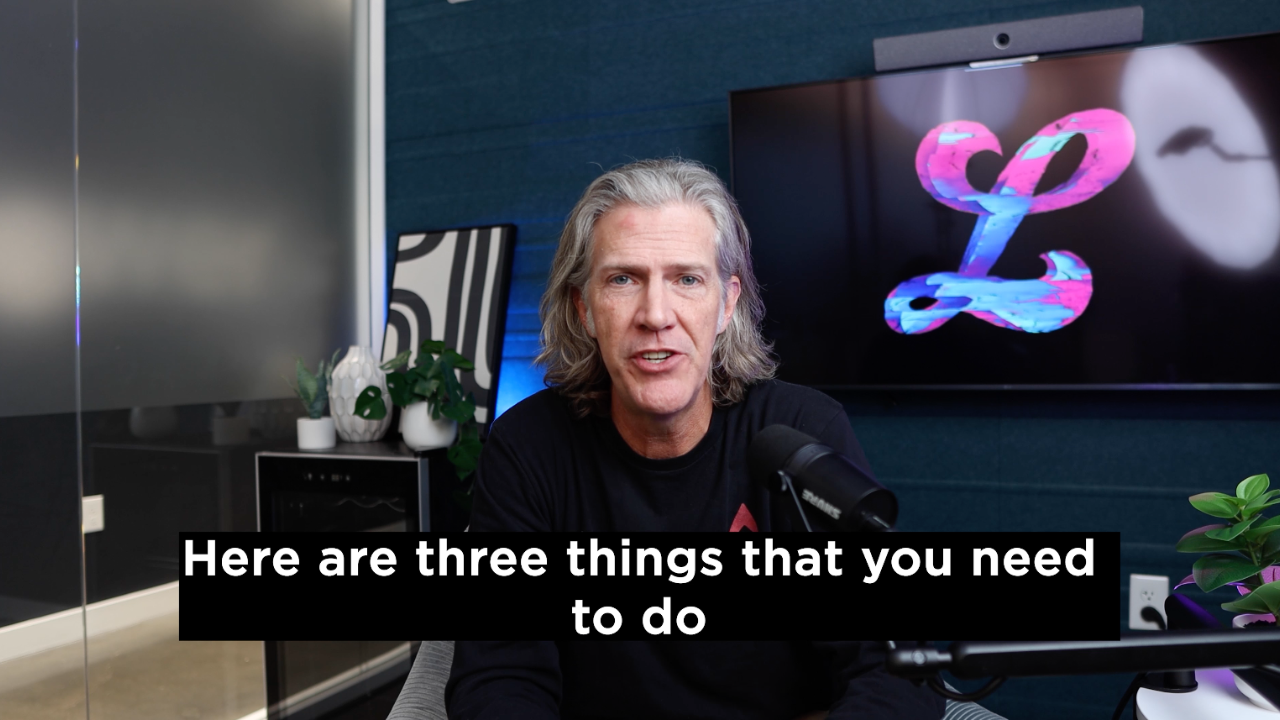A Quick HELOC Overview
In a standard refinance, you take out a new loan that replaces your original mortgage. There are different types of refinances—from lowering your rate or changing your term to taking cash out. In almost all cases, you'll have just one loan. A HELOC is different.
What is a HELOC?
A HELOC is separate from your first (original) mortgage. It’s a second loan secured by your equity in the house—the current value of the property minus what you still owe. Unless your home is paid for, you’ll have two payments to make. But, depending on the amount you borrow, your HELOC payment can be very low. Even if you’re approved for a large amount of credit, you’ll only be paying on the funds that you actually borrow.
How much can I access with a HELOC?
The actual amount you can access depends on a variety of factors—like your lender and your home. Here at Lower, we offer a HELOC up to 95% loan-to-value (LTV) while the industry standard is only 80%. The difference between 80% and 95% LTV can increase the amount you can access by tens of thousands of dollars.
For example, If your home is valued at $250,000, you can finance up to 95% of that total, which is $237,500. If you still owe $150,000, you’ll have to figure that into financing, which leaves you with a total $87,500 for your HELOC. If you don't want to do the math yourself, just calculate it.
Only pay for what you need
Regardless of however much you are approved to take out, when you're not using those funds, you don’t pay any interest. If you spend, say, $10,000 for a kitchen remodel, you’ll only make payments on that amount. As you pay down that balance, your payments will go down. But you can dip in and borrow more at any time.
How do I access my HELOC funds?
Since it’s a revolving source of funds with a credit limit, a HELOC behaves a lot like a very low interest credit card. The rate is significantly lower than traditional credit cards or personal loans because it is secured by your home. You can typically access cash from the account by online transfer or by using a check or debit card connected to the account.
A HELOC behaves like a very low interest credit card. It’s secured by your home, so the rate is significantly lower.
Why do people take out HELOCs?
Many homeowners take out a HELOC for home improvement projects—using their home’s equity to improve their home’s value. A line of credit is the perfect tool for this since it’s difficult to predict the total cost of most projects ahead of time.
College is another big-ticket item that can be difficult to estimate ahead of time. Most parents have no idea what the final bill of the semester is going to look like or how much they should set aside for dorm furniture, spending money, and travel expenses. Having access to a large amount of credit at a reasonable rate can be a tremendous comfort during the college years.
Paying off personal debt with a lower-interest HELOC can also be smart financial move. Unsecured loans like credit cards and personal loans typically carry much higher interest rates than mortgage-backed loans like HELOCs because unsecured loans aren't backed by any collateral. HELOCs also offer longer terms so you can make much smaller monthly payments. Lower payments and less interest expense can put you on the road to better long-term financial health.

















.svg)

.svg)
















